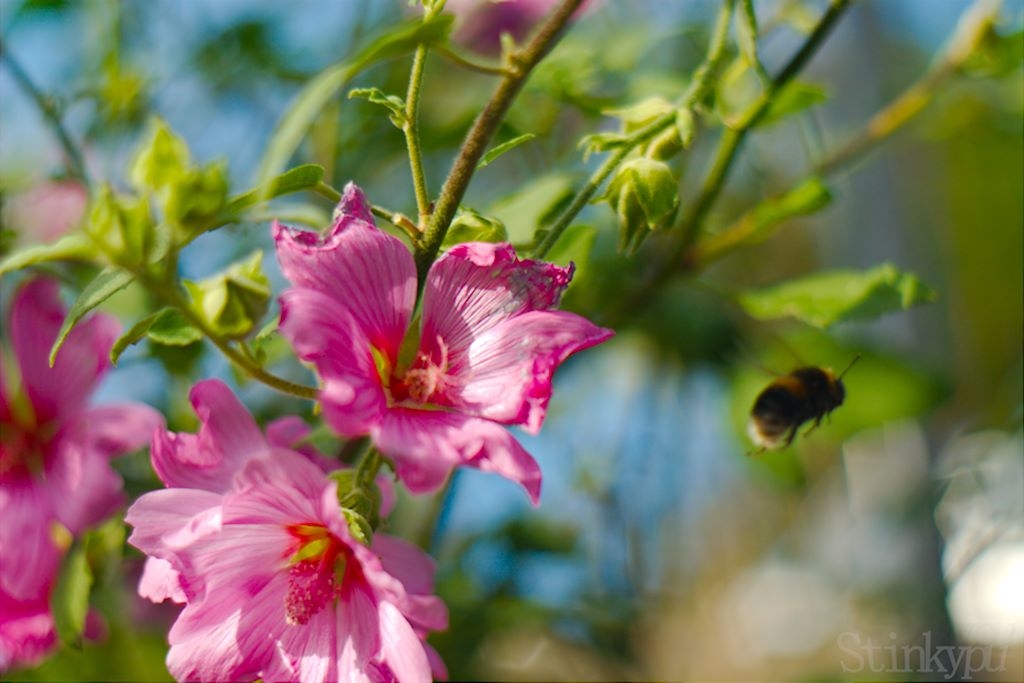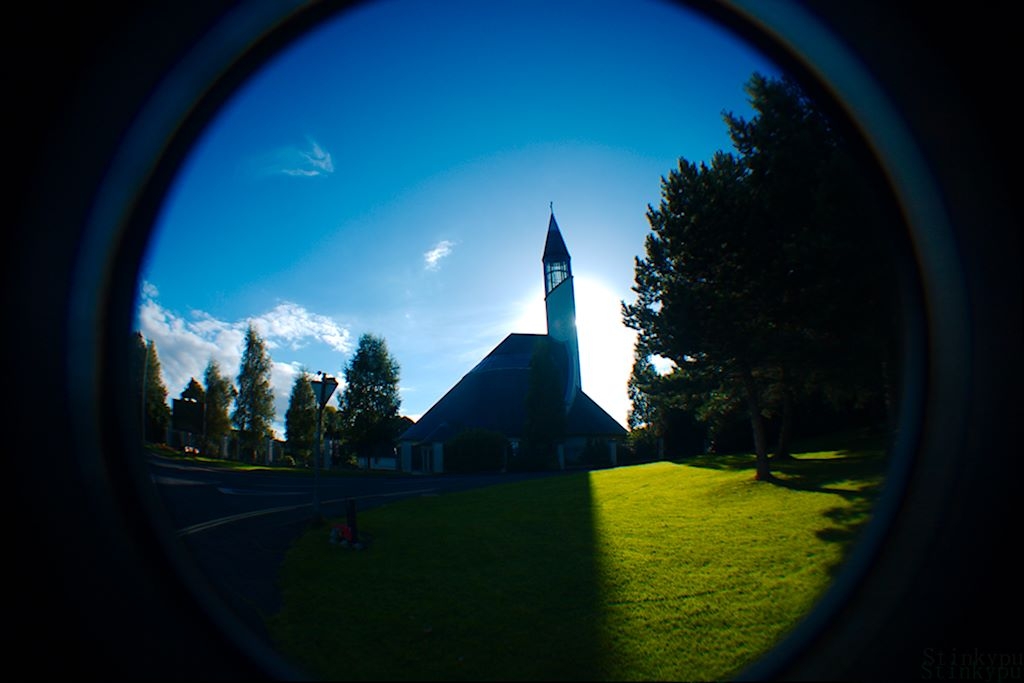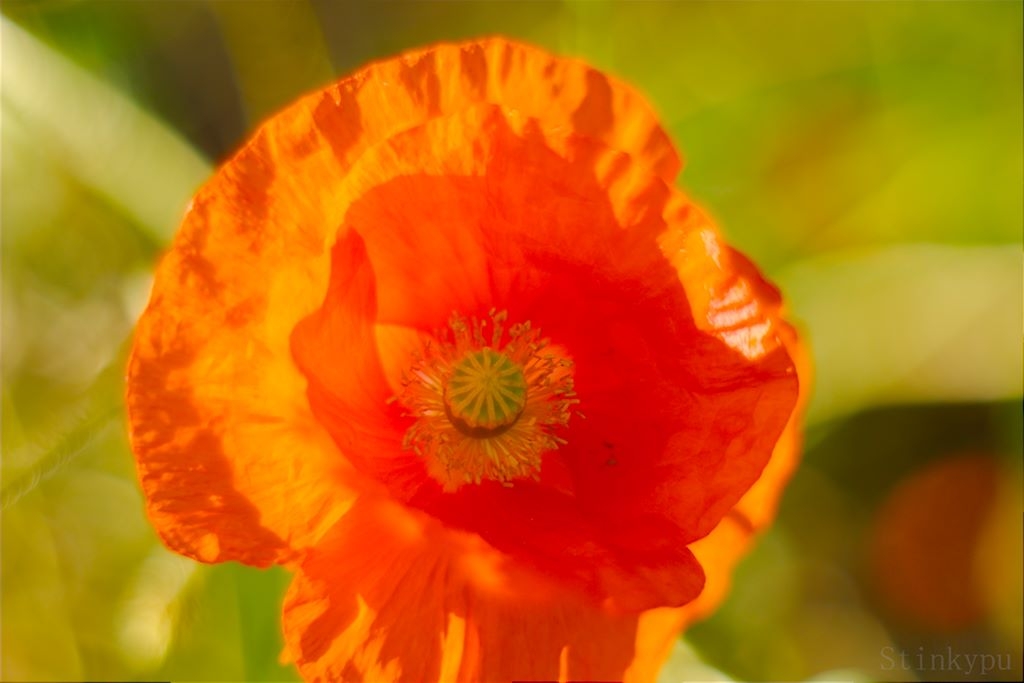- Messages
- 18
- Name
- Christopher
- Edit My Images
- No
HI Guys im new to slr photography (i learnt the hard way working through a few bridge cameras)
I managed to get a canon eos 300d and a few lens that i could budget for i know its old but its what i can stretch to at the minute.
i know its old but its what i can stretch to at the minute.
So this is the first camera ive had with the ability to save the photos in raw format and im still trying to figure everything out.
I have a few programs the canon one and corel aftershot thats what i seem to find the easiest to use but all the settings leave me scatching my head.
The main question i have is whats acceptable in terms of post processing ? Im looking at photos i took earlier and i really have to turn up the contrast and saturation to have a photo that looks i dont know the word for it but id say colourful and lifelike.
I guess i just wonder how much is too much i know most is all down to personal taste but
*how much sharpening and saturation would you typically add to raw files?
Sorry if im a bit confusing im new to this
I managed to get a canon eos 300d and a few lens that i could budget for
So this is the first camera ive had with the ability to save the photos in raw format and im still trying to figure everything out.
I have a few programs the canon one and corel aftershot thats what i seem to find the easiest to use but all the settings leave me scatching my head.
The main question i have is whats acceptable in terms of post processing ? Im looking at photos i took earlier and i really have to turn up the contrast and saturation to have a photo that looks i dont know the word for it but id say colourful and lifelike.
I guess i just wonder how much is too much i know most is all down to personal taste but
*how much sharpening and saturation would you typically add to raw files?
Sorry if im a bit confusing im new to this




